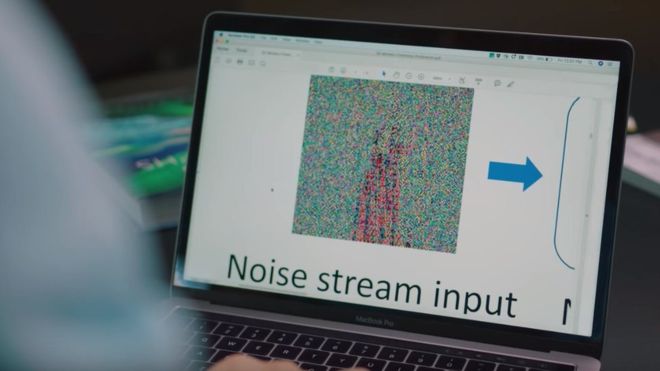According to recent announcements from Abobe, future upgrades to its digital tools like Photoshop could give users the ability to alter images.
In what appears to be a rare instance of corporate social responsibility awareness, the company revealed that it is currently working on developing an artificial intelligence (AI) system that spot whether an image has been altered artificially.
The proverb that talks about a picture being worth a thousand words emerged at the beginning of the 20th century, mostly in a newspaper article context.
It was motivated by the idea that an image can showcase the truth of a given situation better in comparison to any other description.
However, in the previous decade, the saying has seemingly been attacked by modern technology, which has shown that a picture can represent a thousand lies.
Adobe is one of the leading companies on the front row seat as far as pushing for the democratization of image manipulation technology is concerned.
By constantly upgrading its Photoshop software, it has become a lot easier to come up with photorealistic pictures that appear completely authentic. What’s more, Adobe revealed additional upcoming tools that are impressively useful.
However, they further get rid of any trust that one can have regarding the originality of a picture.
Although there is a wide array of forensic methods that currently enable professionals to recognize whether an image has been artificially altered, these techniques are mostly limited in their scope and time-consuming.
Vlad Morariu, Adobe’s senior research scientist, embarked on harnessing both machine learning and artificial intelligence in helping to build a tool that can accurately and rapidly recognize whether an image has been altered digitally.
According to Morariu, his team concentrated on three typical manipulating methods including slicing, whereby parts of two distinct images are combined.
Others include copy-move, which entails the process of moving objects in a photograph or even cloning from one place to another. On the other hand, the removal technique entails getting rid of an object from an image.
Although all these image alteration methods leave behind certain artifacts on the manipulated image, such distortions cannot be seen with a naked human eye.
A digital forensic expert can take hours to evaluate an image in an effort of determining its authenticity, mainly through keenly looking at the pixel level for any signs of manipulation. Even so, Morariu created a neural network that cannot only deploy two deep photographic evaluation methods but also rapidly determine whether an image is authentic or not.
Morariu also said that he used tens of thousands of samples of known altered images to train a deep learning neural network to spot image manipulation. He and his team did so by combining different methods in a single network in a bid to take advantage of their complementary detection potential.
Currently, the algorithm is a bit limited to scrutinizing an image through two forensic methods. However, the analyses process could be expanded into additional approaches in the future. Even though it is yet to be seen whether a devious image retoucher can outmaneuver this artificial intelligence tool, it is certain that the battle for authenticity and truth is rapidly moving to a new level.




















